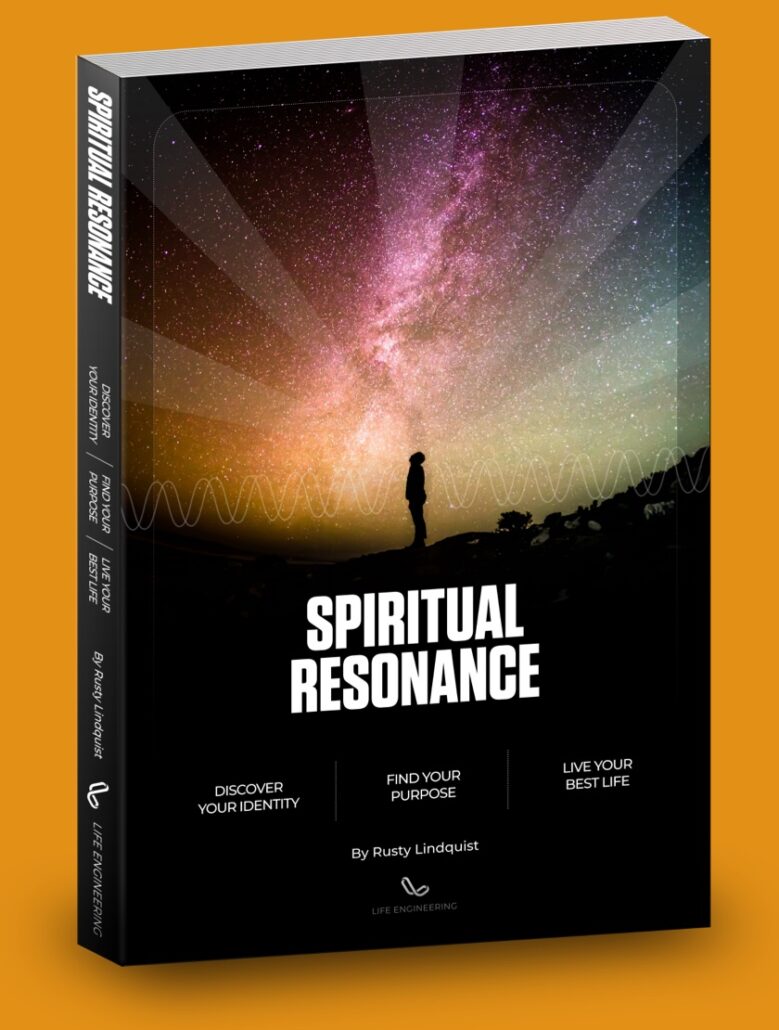Free Course: Alignment Staying on Course Free Course: Alignment From our 16 Elements series, and a part of the Act Pillar, Alignment …
LESSONS FROM THE APPLE IPHONE 2.0
articles
Whether you’re an iPhone user or not, it’s hard to deny the unmistakable genius behind Apple’s marketing of the iPhone. It’s not the most powerful phone on the market. Since my profession includes building mobile apps, I’ve had the opportunity to try most smart phones on the market today, and many of them are more powerful, and more “extendable”.
Yet, the moment I got an iPhone, I realized that it was a whole new playing field. In some distinct and unequivocally compelling way, it removed all the complexity usually so inherent in other smart phones. It didn’t try to be the best at everything; it simply decided to be the best at what Apple thought mattered most: usability.
It didn’t try to do more; it tried to do less, but do it better. That’s a novel idea in today’s scramble to increase complexity (often mistaking complexity for progress, which I discuss here).
And it succeeded in a big way, in simple things like how you make phone calls, manage voice mail (with their visual voicemail feature), access to weather, maps, stocks, messaging, the internet, and more. They picked the few specific areas they thought meant the most to people and did them better than everybody else. And in so doing, they won the hearts and minds of a very large segment of the upper-end smart phone consumer base.By releasing a $199 model, they extended that market segment to a far broader base.
So what’s my point? My point is that in many ways, each of us are marketers. If you’re a parent, believe me, you’re a marketer. If you’re a teacher, you’re marketing your message. In your career, whether you’re “labeled” a marketer or not, marketing yourself is core to what you do.
There are compelling lessons to learn from the story of the iPhone.
What did they do? They picked a few things that they thought mattered most to their target, they made them fun, accessible, friendly, usable, and engaging. They brought “functionality” down to the level of the people.
In your marketing, whatever it may be, you’d be wise to consider ways that you might change your message or your approach. Pick a few things that matter the most, and make them more friendly, accessible, and engaging. Customize your message to your audience.
Apple wasn’t the first to build a phone. Many large and powerful companies with unthinkable budgets have been building phones rich with features for a long time. But Apple broke the mold, not holding themselves hostage to tradition.
In what ways can you break the mold and do what you do remarkably better, just by making it easier, more digestible, or more engaging? How can you simplify it and make it more usable—not watered down with fluff?
-Rusty
If you’ve enjoyed this post, please bookmark it by clicking on the button below and selecting a service so others can find it too. Many thanks.
Share this
with someone who might need it
keep reading
The turkey effect How to learn who you are and live your best life raising turkeys People often wonder “who am I?”; …
HOT HANDS HOW identity POWERS PEAK PERSONAL PERFORMANCE HOT HANDS There’s a well-known phenomenon in sports called “Hot Hands.” It’s the idea …
Know Thyself The Key to Unlocking Your Full Potential Know thyself Nestled deeply on the slopes of Mount Parnassus in Greece is …
Employee satisfaction is closely tied to performance. When satisfaction levels rise, productivity, customer service, and profits tend to rise too. Employee turnover slows down and it becomes easier to recruit new talent. See how your team, leadership, and shareholders can benefit from a company culture that emphasizes employee satisfaction.
If you want your customers to be happy, you need to think about employee satisfaction. When employees like their workplaces, they are more effective at their jobs and provide better customer service. Learn more about the link between the employee and customer experience and how to measure employee satisfaction.








Responses